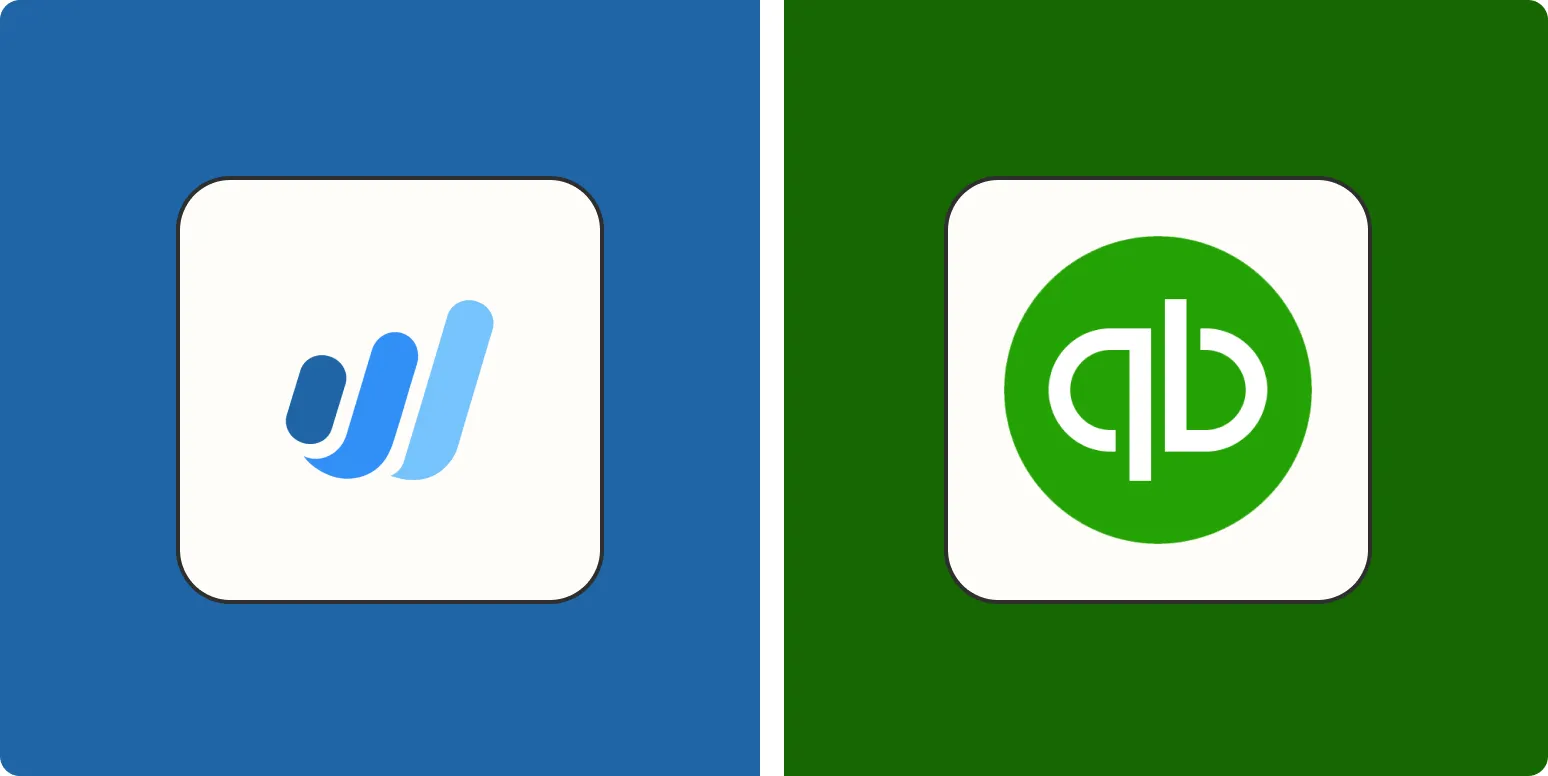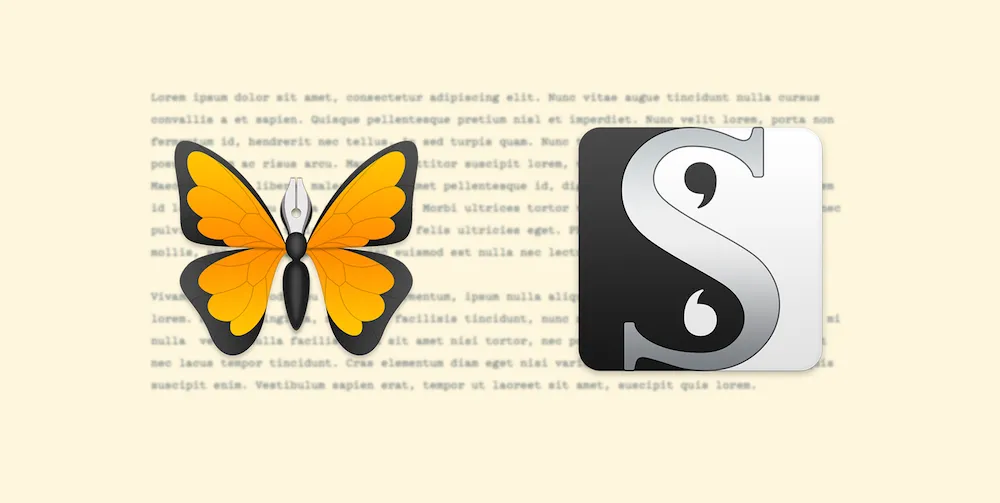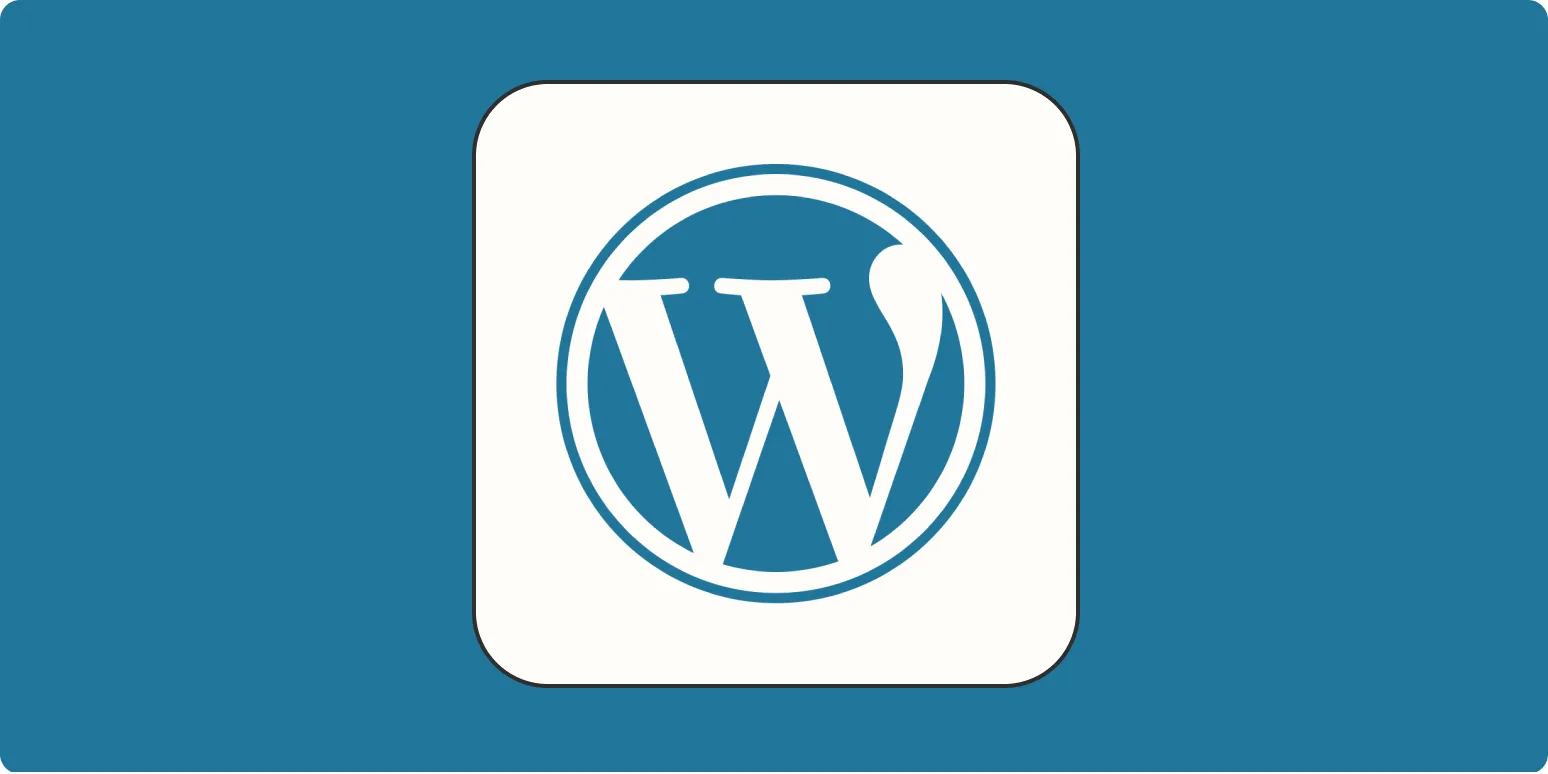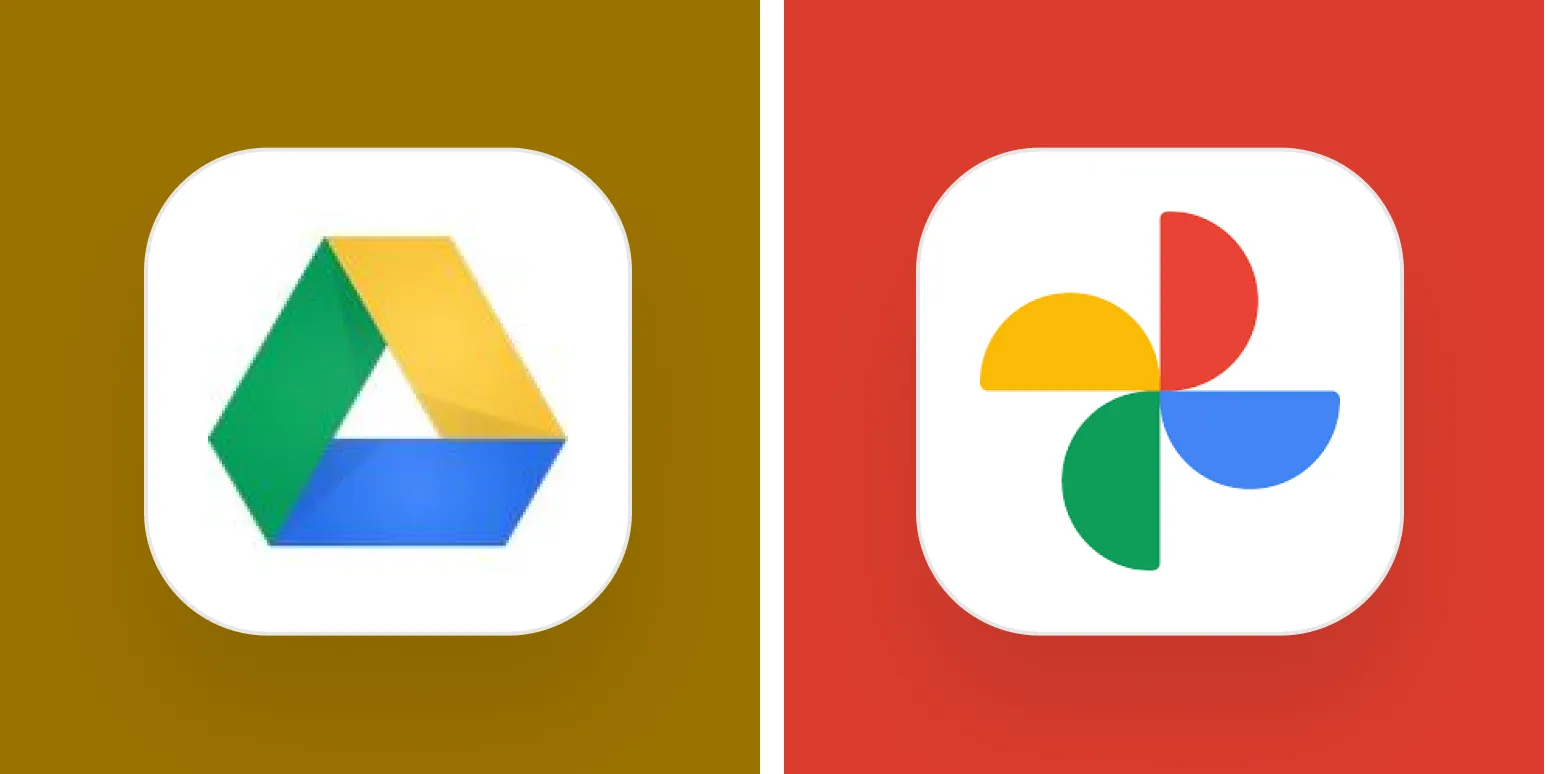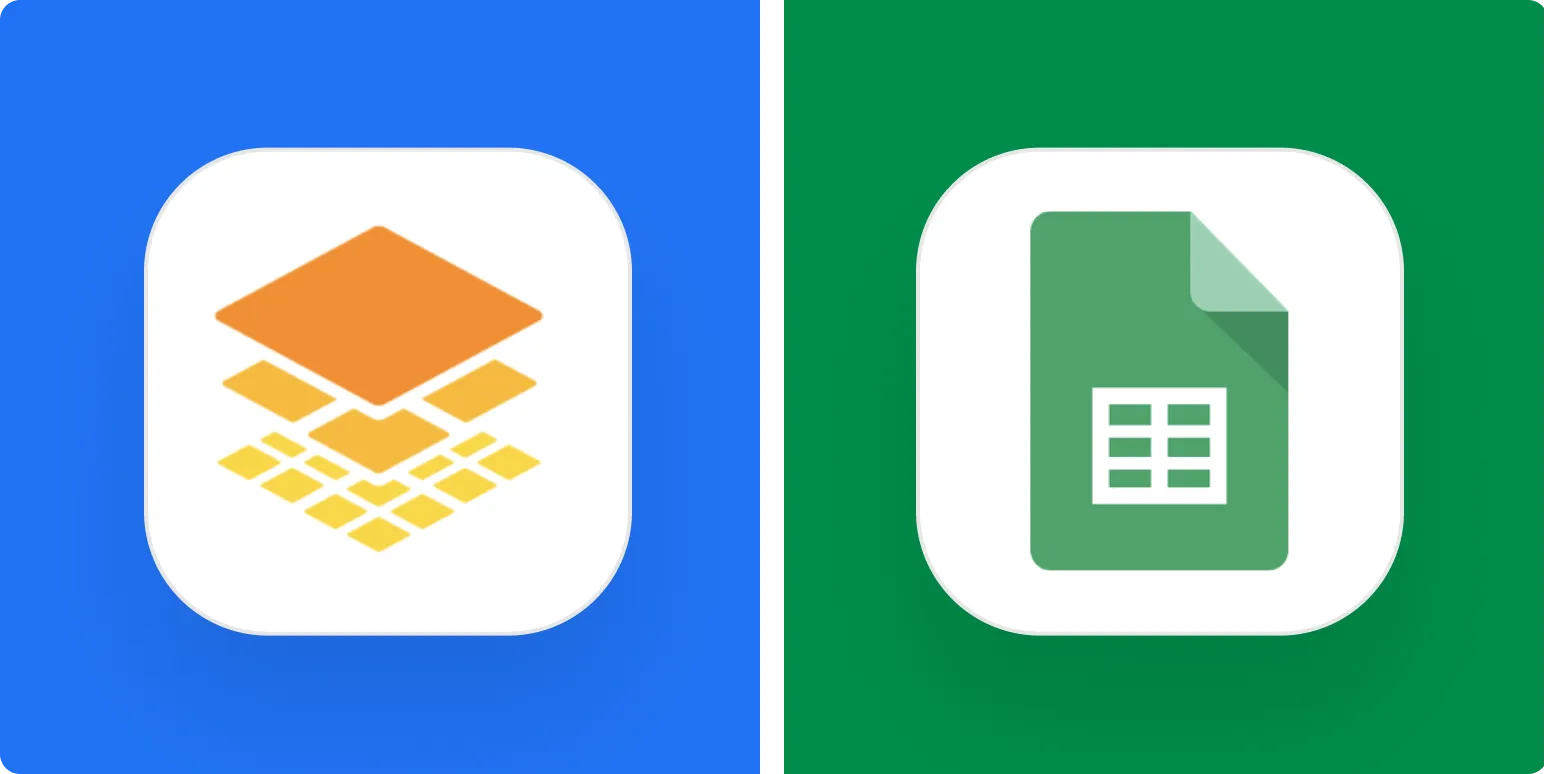When it comes to managing finances for small businesses, choosing the right accounting software can be a daunting task. Two popular options are ''Wave'' and ''QuickBooks''. Both platforms offer a range of features tailored to meet the needs of different business types. In this article, we will compare Wave and QuickBooks on various parameters to help you determine which one is best suited for your business needs.
Overview of Wave and QuickBooks
''Wave'' is a free accounting software designed primarily for small businesses and freelancers. It provides essential features such as invoicing, expense tracking, and financial reporting, making it an attractive option for those on a tight budget.
On the other hand, ''QuickBooks'' is a comprehensive accounting solution that offers a variety of plans tailored for businesses of all sizes. While it comes with a monthly fee, QuickBooks boasts advanced features, integrations, and customer support that can cater to more complex accounting needs.
Key Features Comparison
| Feature | Wave | QuickBooks |
|---|---|---|
| Cost | Free | Paid (starting from $25/month) |
| Invoicing | Yes | Yes |
| Expense Tracking | Yes | Yes |
| Payroll | Paid add-on | Included in some plans |
| Reporting | Basic reports | Advanced reports |
| Mobile App | Yes | Yes |
| Customer Support | Email support only | Phone and chat support |
Ease of Use
''Wave'' is known for its user-friendly interface, making it easy for beginners to navigate and manage their finances. The dashboard is straightforward, allowing users to quickly access essential features without any steep learning curve.
''QuickBooks'', while also user-friendly, can be slightly more complex due to its extensive range of features. Users might need some time to familiarize themselves with the platform, especially if they want to leverage its advanced capabilities.
Integrations
''Wave'' offers a limited number of integrations compared to QuickBooks. It does integrate with payment processors like PayPal and Stripe, which can help streamline transactions. However, businesses that rely on a variety of software tools may find these options restrictive.
''QuickBooks'', on the other hand, boasts a vast ecosystem of integrations with third-party applications, including payment gateways, e-commerce platforms, and CRM systems. This flexibility can be beneficial for businesses looking to create a tailored financial management system.
Customer Support
When considering customer support, ''Wave'' provides email support but lacks phone or live chat options. This limitation can be a drawback for users who prefer immediate assistance.
In contrast, ''QuickBooks'' offers comprehensive customer support, including phone and chat options. This can be a significant advantage for businesses that may encounter issues requiring prompt resolution.
Final Thoughts
Choosing between ''Wave'' and ''QuickBooks'' ultimately depends on your business’s specific needs. If you are a small business owner or freelancer looking for a ''free'' and straightforward solution, ''Wave'' might be the perfect fit for you. Its essential features and user-friendly design make it an excellent choice for those who do not require advanced accounting capabilities.
However, if your business is growing and you need more robust features, support, and integrations, investing in ''QuickBooks'' could be worthwhile. Its comprehensive features and excellent customer support provide a more scalable solution for businesses that anticipate complex accounting needs in the future.
In Conclusion
Both ''Wave'' and ''QuickBooks'' have their strengths and weaknesses. By evaluating your business requirements, budget, and future growth plans, you can make an informed decision on which accounting software is best for you. Whether you choose ''Wave'' for its cost-effectiveness or ''QuickBooks'' for its advanced capabilities, each platform has something valuable to offer.

